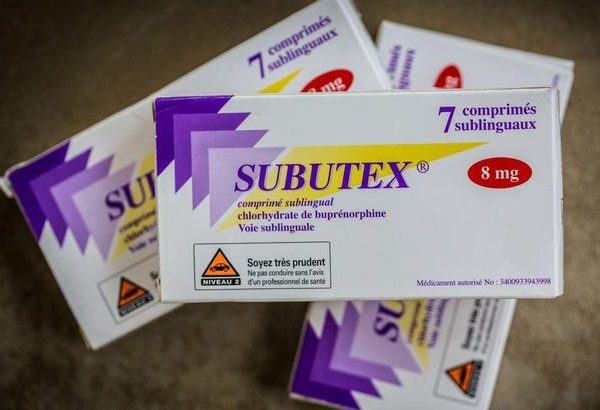Description
MT-45 Powder
Exploring MT-45 Powder: A Synthetic Opioid Analogue
In the realm of synthetic drugs and designer compounds, MT-45 powder has garnered attention as a potent opioid analogue. This article dives into the world of MT-45, shedding light on its origins, chemical properties, effects, legal status, and the potential risks associated with its use.
Introduction
MT-45, or 1-cyclohexyl-4-(1,2-diphenylethyl)piperazine, is a synthetic opioid developed in the 1970s. It was initially researched as a potential analgesic by pharmaceutical companies, but due to safety concerns, it never progressed to pharmaceutical use. However, MT-45 later found its way into the underground drug market as a designer opioid, often sold in powder form.
Chemical Composition
MT-45 belongs to a class of compounds known as piperazines. Its molecular structure closely resembles that of other opioids, making it a potent analgesic. Its chemical composition has subtle differences from traditional opioids like morphine and heroin, making it attractive to those seeking novel psychoactive substances.
Mechanism of Action
MT-45 exerts its effects by binding to opioid receptors in the central nervous system. Like other opioids, it primarily targets mu-opioid receptors, leading to pain relief and feelings of euphoria. This mechanism of action is similar to that of well-known opioids, such as oxycodone and fentanyl.
Effects and Potential Benefits
The effects of MT-45 powder are comparable to those of traditional opioids, including pain relief, relaxation, and euphoria. Some users have reported experiencing heightened sociability and a sense of well-being. However, its unregulated nature and lack of clinical trials make it difficult to determine its efficacy and safety compared to approved pharmaceutical opioids.
Legal Status
The legal status of MT-45 varies from country to country. In many places, it is not approved for medical use and is classified as a controlled substance due to its opioid nature. The legality of MT-45 is an evolving matter, with many nations updating their regulations to combat its misuse.
Risks and Dangers
The use of MT-45 powder is not without its risks:
Lack of Regulation
MT-45 is often produced in clandestine laboratories, leading to variations in purity and potency. This lack of regulation can result in users unknowingly consuming adulterated or contaminated products.
Overdose Potential
Like traditional opioids, MT-45 has a high potential for overdose, especially when users are unaware of its potency. Overdosing on MT-45 can lead to life-threatening respiratory depression.
Addiction
Chronic use of MT-45 can lead to physical and psychological dependence, much like other opioids. Users may experience withdrawal symptoms upon cessation, driving them to continue using the substance.
Health Consequences
The long-term health effects of MT-45 remain poorly understood due to limited research. However, opioid misuse is associated with a range of health issues, including cardiovascular problems, liver damage, and an increased risk of infectious diseases.
Harm Reduction Strategies
For those who choose to use MT-45 or are struggling with opioid addiction, harm reduction strategies are essential:
Education
Promote awareness about the risks associated with MT-45 and other synthetic opioids to help users make informed decisions.
Testing
If users still choose to use MT-45, encourage them to test the substance for purity and potency to minimize the risk of overdose.
Access to Treatment
Ensure that individuals with opioid use disorders have access to evidence-based treatment options, such as medication-assisted therapy and counseling.
Supportive Communities
Encourage individuals to seek support from friends, family, or support groups if they are struggling with addiction.
Harm Reduction Strategies
For those who choose to use MT-45 or are struggling with opioid addiction, harm reduction strategies are essential:
Education
Promote awareness about the risks associated with MT-45 and other synthetic opioids to help users make informed decisions.
Testing
If users still choose to use MT-45, encourage them to test the substance for purity and potency to minimize the risk of overdose.
Access to Treatment
Ensure that individuals with opioid use disorders have access to evidence-based treatment options, such as medication-assisted therapy and counseling.
Supportive Communities
Encourage individuals to seek support from friends, family, or support groups if they are struggling with addiction.





Reviews
There are no reviews yet.